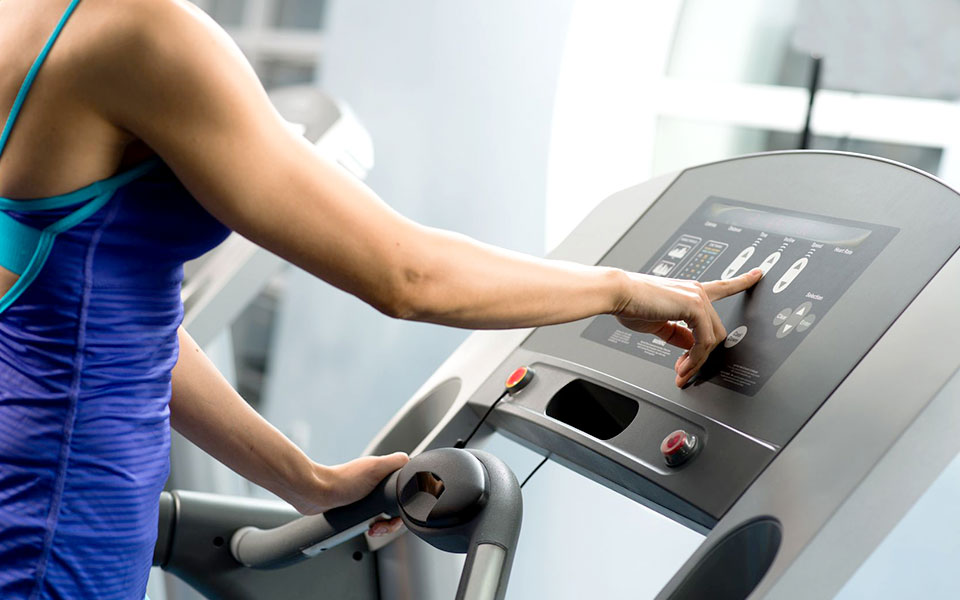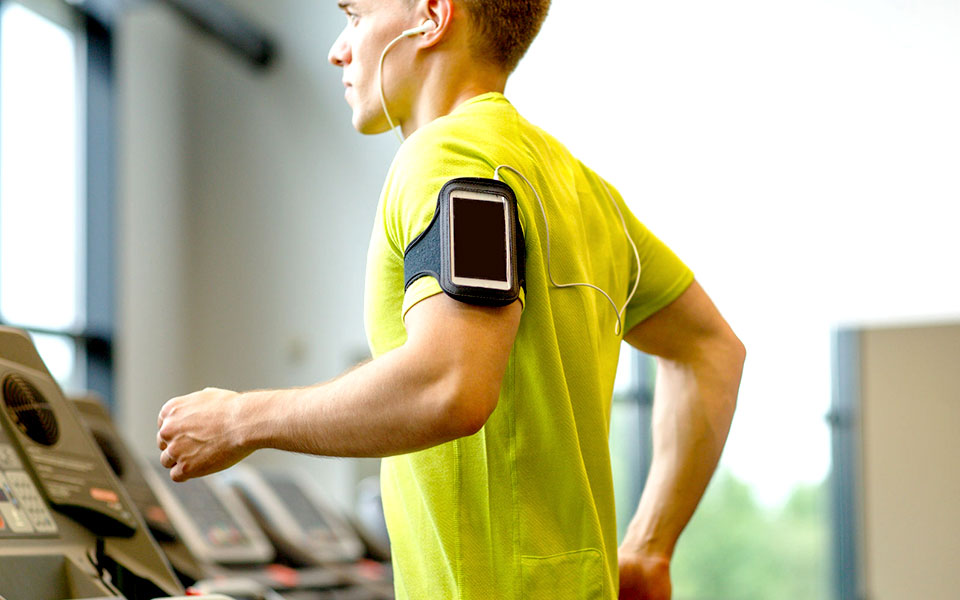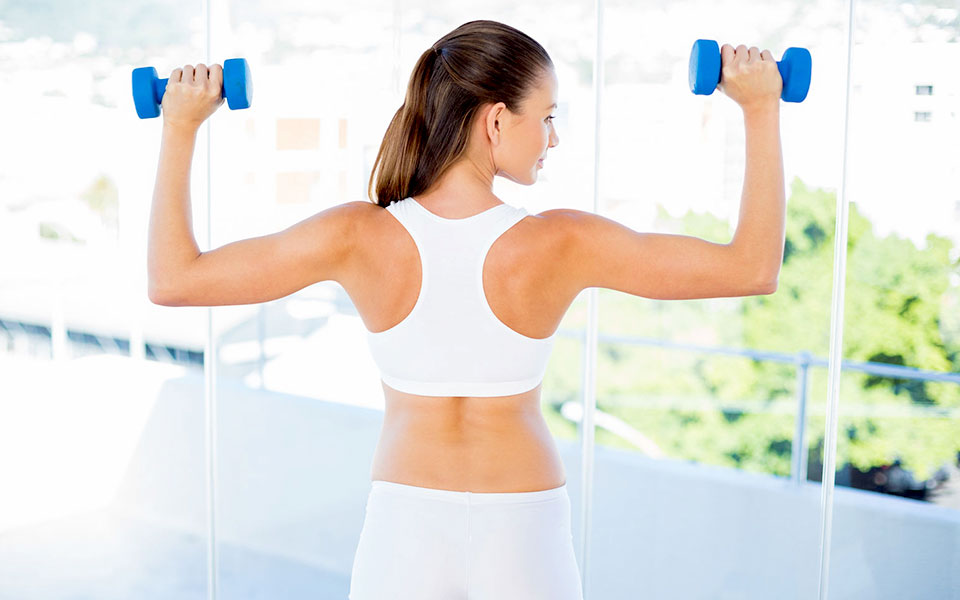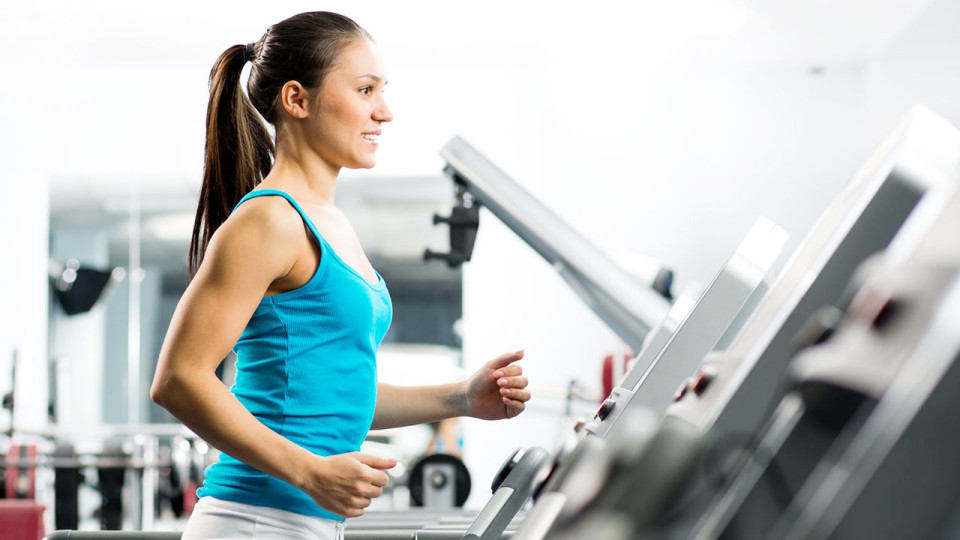This might have happened to you before: It’s raining out and you don’t want to ruin your brand new pair of running shoes. With a resigned sigh, you head to the runners’ last resort: the dreaded treadmill.
But treadmill running doesn’t have to be boring! Put on your earphones, blast your favourite music and try out any 1 of these engaging treadmill workouts!
Hill Workout Training for Half Marathon
This hill workout uses the often-neglected incline feature of the treadmill. Unlike running outside, there is no ‘downhill’, so you’ll save some pressure on your knees and ankles.
This low impact endurance run is designed to increase your fatigue resistance and endurance. Once you’re used to it, go for an even higher incline for increased muscular strength!

- 5 minute warm up at brisk walk pace (speed approximately 5.5).
- Change to a moderate gradient (3%-5%), and run for 6 minutes at 50% of your half marathon pace.
- 90 second recovery run with 0% gradient, at approximately 90% of your half marathon pace.
- Repeat for 6 cycles.
- 3 minute cool down at brisk walk pace (speed approximately 5.5).
The Gibala Technique
As we’ve covered previously, HIIT techniques are excellent for improving your cardiovascular strength and Vo2 max ratio! The Gibala Technique is an excellent introduction to HIIT. You will find yourself doing much better in your endurance runs!
Additionally, please be careful while figuring out your maximum speed on the treadmill so you don’t trip up!
- 3 minute warm up at brisk walk pace (speed approximately 5.5 – 6).
- 60 seconds of intense speed (90% of your maximum effort), followed by 75 seconds of recovery at a slow jog.
- Repeat for 8-12 cycles.
- 5 minute cool down at brisk walk/slow jog.
Interval Treadmill Workouts
Intervals are a tried and tested way to improve your 5km and 10km timings. Since you’re able to control the speed on the treadmill, you’ll prevent overexertion, and get a basic idea of what pace you’re supposed to run while training outside and even on race day.
As you are able to see the distance counter at a glance, interval runs are also easier on the treadmill.
Pro-tip for interval workouts: Put on your most energetic, heart-pumping music playlist for a blast!

5km Interval Training:
- 5 minute warm up at brisk walk pace (approximately 5.5 – 6).
- Increase the treadmill speed until you are running faster than your race pace. Continue for 500m.
- Recover at a slow jog for 2 minutes or 500m, whichever is faster.
- Repeat for 10 cycles.
- 5 minute cool down at brisk walk/slow jog.
10km Interval Training
- 5 minute warm up at brisk walk pace (approximately 5.5 – 6).
- Increase the treadmill speed until you are running at race pace. Continue for 1,000m.
- 2 minutes of brisk walk pace (approximately 5.5 – 6).
- Repeat for 10 cycles.
- 5 minute cool down at brisk walk/slow jog.
Dumbbell and Treadmill Combination Workout
Have you ever wondered why your shoulders hurt after race day? That’s because the extending swinging motion of your arms while running can actually tense up and affect your running posture.
This workout incorporates some dumbbell work, and will engage and tone every part of your body. Be sure to warm up before you start!

- Choose a light pair of dumbbells. Depending on your fitness and experience, this can be anything from 1kg – 5kg (we don’t want to get any heavier weights). Put the weights somewhere close and accessible to your treadmill.
- On the treadmill, go for a 3 minute warm up at brisk walk pace (approximately 5.5 – 6).
- 5 minute run at 70% of half-marathon pace.
- Hit the “pause” button on your treadmill, and step off when safe.
- With legs spread shoulder length apart, pick up your dumbbells, and bend your arms at a 90 degree angle with palms facing outwards.
- Slowly raise arms up and in using a pressing motion. Lower arms back down to 90 degrees. Do 15-20 repetitions.
- Put down your dumbbells, get back on the treadmill, and hit the “resume” button.
- Repeat for 6 cycles, making sure to step on and off the treadmill only when it is safe.
- 3 minute cool down at brisk walk pace (approximately 5.5 – 6).
Why Train on a Treadmill?
Apart from the weather, treadmills can be a much more convenient alternative to outdoor running. Most treadmills are designed to absorb the impact of your legs, resulting in a more forgiving surface. Treadmills are also very beginner-friendly. With the informational display, you’ll be able to control your speed, find out your distance ran, calories burnt and more.
Specially designed to challenge and engage your body, these treadmill exercises are far from boring. Try them out and see which one works for you best!





